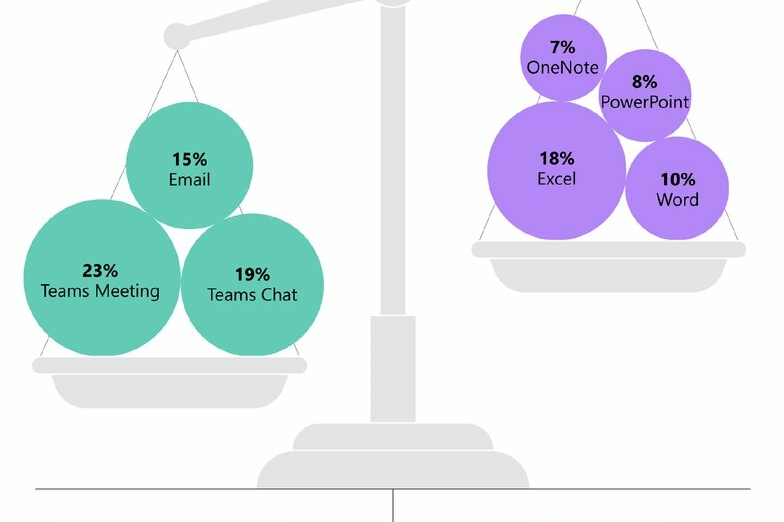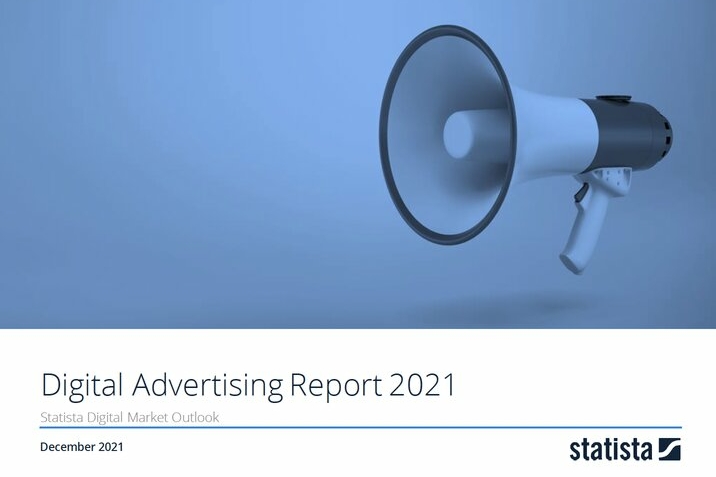The Hootsuite Social Media Trends Report is based on a survey of 10,643 marketers conducted in July 2022. Hootsuite conducted primary interviews with dozens of social marketing practitioners, leaders, observers, and partners. The primary data was supplemented by secondary research from The Harvard Business Review, McKinsey, Deloitte, Edelman, Insider Intelligence, Forrester, Global WebIndex, The CMO Survey, and others.
10,643 respondents, 109 countries / 11+ industries, 32% director and above, 56% managers and practitioners
-
Trends in Social Marketing
Creators boom, budgets bust, and marketers wise up to the dangers of cross-posting. What to expect in social marketing in 2023.
-
Trends in social commerce
Social overtakes search engines and marketers work to build trust in social shopping. Here’s what’s ahead for social commerce.
-
Trends in social customer service
Chatbots help keep customers happy and marketers lean into customer service. Peek into the wild future of customer experience.
The Future of Social Marketing
Marketing Trend 1: Small businesses cozy up to creators
Big brands stop competing for creators, leaving the door wide open for small businesses
Big brands are competing less for creators
For months, concerns over a seemingly inevitable recession have fueled restructures, layoffs, and operating budget cuts. Businesses are rethinking their spending—and often, marketing budgets are first on the chopping block. While we haven’t seen massive cuts in marketing spend just yet, we are seeing larger businesses reduce their discretionary spending.
Most organizations don’t go through agencies to find creators. Less than a third (28%) of brands that work with creators do so through agencies or third-party platforms, according to Hootsuite’s survey. For small business owners, this means less overhead and much more control over who you choose to hire and negotiate with.
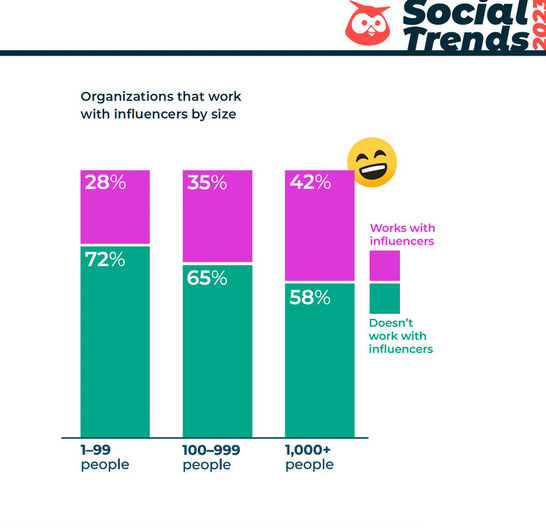
Marketing Trend 2: Budgets on the line as bosses demand social receipts
Growing investment in social exposes it to new levels of scrutiny
Confidence in the ROI of social media marketing is at an all-time high Social media has spent over a decade fighting to prove its place in the marketing mix—and it’s decisively found it. Marketers’ confidence in the value of social media marketing is at an all-time high.
More visibility means more scrutiny
Social media’s newfound visibility has the potential to open it to higher levels of scrutiny— especially as leadership whips out the magnifying glass over the coming year. During market downturns, many execs will look to shore up costs and manage expenses as much as possible. And in the marketing department, the pressure will fall on individual contributors and middle managers to clearly demonstrate the value they bring to the table.
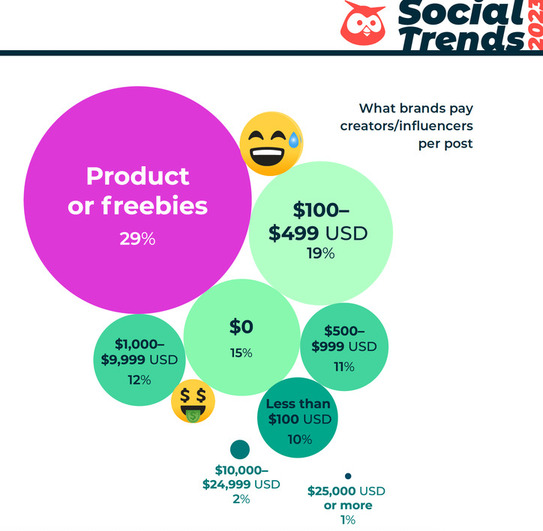
Marketing Trend 3: Social innovators crack the cross-posting code
Marketers stop chasing new features and start getting more strategic instead
Some of the most popular social media apps have blatantly ripped off features from some of the other most popular social media apps in what Gizmodo has called a tech version of Capture the Flag “where the only losers are the users who are forced to persist through this cat-and-mouse game.
But this game has not only come at the expense of user experience but also at the expense of the sanity of social media marketers, whose work lives now revolve around constantly adapting their plans to new formats, repurposing content, and wondering when the next network change will upend their carefully organized campaign.
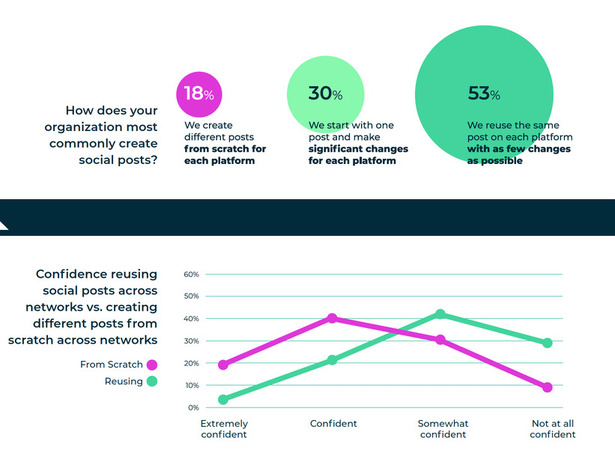
The Future of Social Commerce
With US social commerce sales set to grow 34.4% this year to $53.1 billion. Marketers who get it right will reap the rewards, attracting a fresh wave of new shoppers and inspiring their existing customers to spend more.
Commerce Trend 1 Social commerce hits the trust gap
An emerging barrier to social commerce becomes a competitive advantage for marketers who break through it.
Last year, social commerce seemed destined to be the next big thing in ecommerce. As sales blasted past $350 billion in China, North American and European marketers scrambled to position themselves to take advantage of a new way to make money directly from social beyond advertising.
With almost every major network pulling back its social commerce plans, the promising future of social shopping feels farther off than anticipated.
The average US social buyer will spend $518 via this channel in 2022, up 27% from last year, according to Insider Intelligence. Annual spend will increase by $419 per buyer over the next three years, reaching $937 in 2025. And social commerce sales growth is also expected to remain above pre-pandemic levels through to 2024.
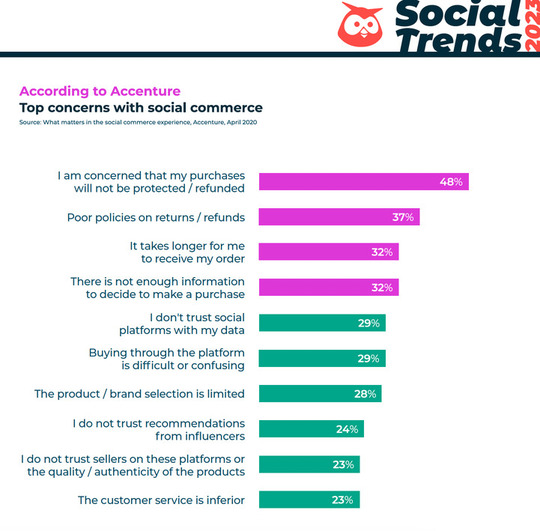
Commerce Trend 2: Social Search Optimization
All eyes turn to social search: Social search optimization emerges as a make-or-break skill for marketers
Google’s been the go-to in search forever—but that’s changing. For most of the current millennium, Google’s been an unbeatable cultural force. Competitors from Bing and Yahoo to Ask Jeeves and Duck-DuckGo couldn’t match the search engine giant’s ability to yield fast and accurate information.
Google’s clear, neutral presentation of results, ranked by their relevance to the widest possible user base, gave it an effective monopoly that’s well into its second decade. But today, Google faces new and maybe not-so-unlikely competition from social media
Instead of scrolling through Google’s long list of results, they look to social platforms for travel tips, recipes, and news. Forty percent of 18- to 24-year-olds are now using social media as theirprimary search engine, according to an internal study by Google. In September 2022, the New York Times even proclaimed that “For Gen Z, TikTok is the New Search Engine.”
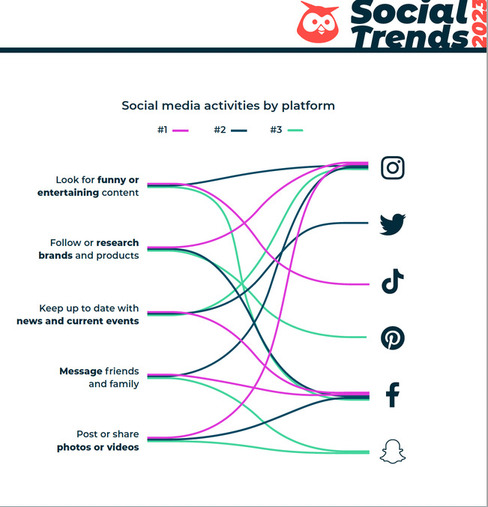
Social networks are visited by more people than search engines every month
More internet users aged 16 to 64 visit social networks than search engines on a monthly basis. What’s more, nearly a third of the time that people spend using the internet is spent on social media.
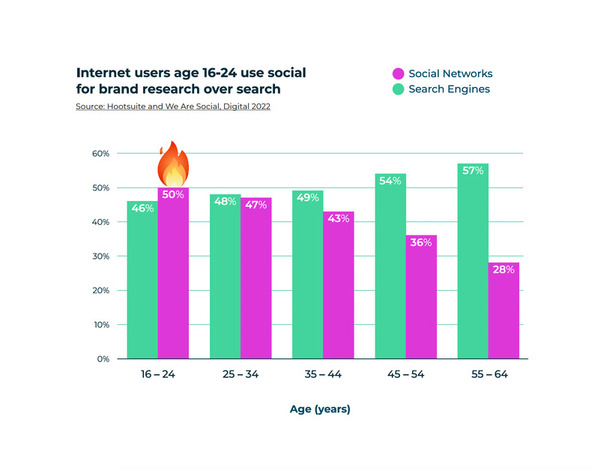
The Future of Social Commerce Service
Customer Service Trend 1: The great reopening blows a hole in digital service
A rapid return to in-person shopping makes businesses lose focus on digital customer service.
Shoppers think the quality of customer service has dropped massively
During pandemic restrictions and lockdowns, many companies successfully managed to navigate people’s increased need for digital shopping and services. Ecommerce, curbside pickup, and other online services boomed—and the businesses that successfully revamped their customer experience during the pandemic excelled into 2021.
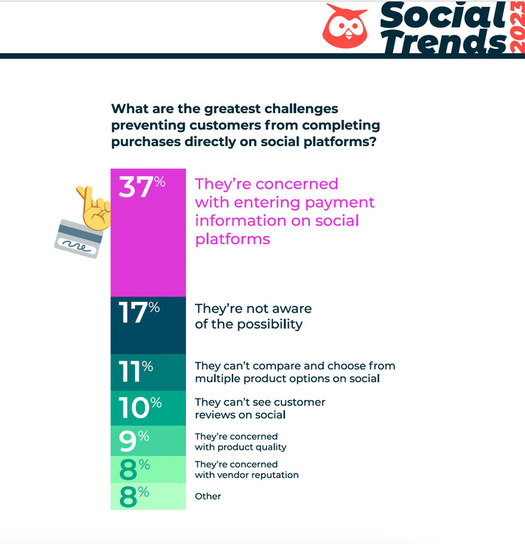
Customer Service Trend 2: Marketers realize it’s time to lean into customer service
As many marketers struggle to take a greater role in customer service, great ones stand out.
Social customer service is largely the responsibility of the marketing department
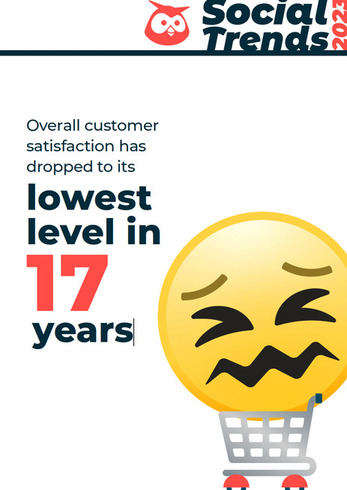
Less than 8% of organizations said their customer service team was exclusively responsible for providing customer service on social and messaging apps. Almost half (49%) of organizations said that social customer service was usually or exclusively the responsibility of the marketing team.
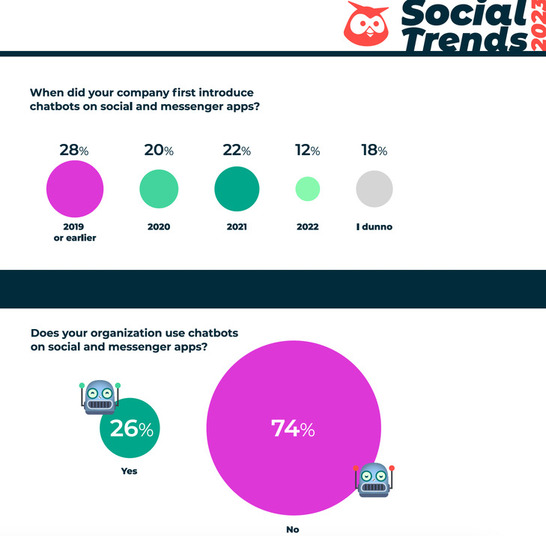
Need help with developing a digital strategy for your business? Get in touch.
